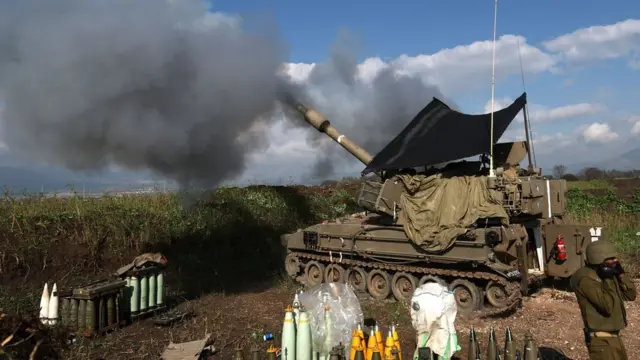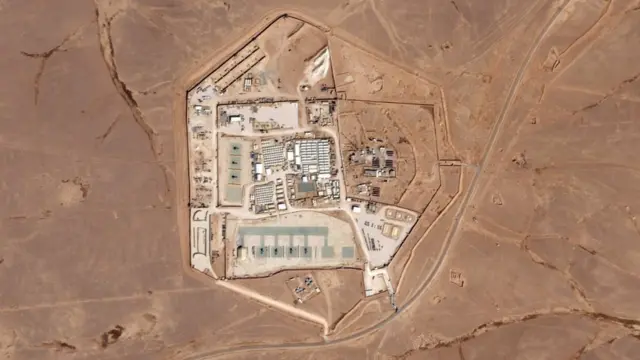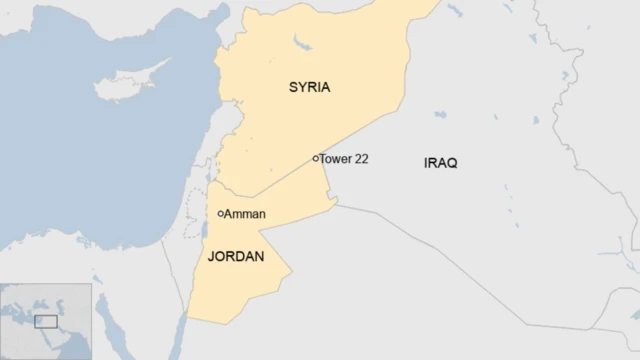How US Republicans respondedpublished at 08:35 GMT 29 January 2024
 Image source, Reuters
Image source, ReutersFormer President Donald Trump, who is the frontrunner to become the Republican nominee for the election later this year, said the attack "would never have happened if I was president".
It's worth a reminder that tensions between the US and Iran were high during Trump’s term as president - and US forces in Syria were attacked several times between 2016 and 2020, including one attack that killed four troops.
Trump’s rival in the contest to become the Republican presidential nominee, Nikki Haley, has encouraged Republican rally-goers to “lift up” the families of the casualties of the attack “in prayer”.
Senate Republican minority leader Mitch McConnell said: "The entire world now watches for signs that the president is finally prepared to exercise American strength to compel Iran to change its behaviour. Our enemies are emboldened."
And Senator Lindsey Graham said the Pentagon should respond by targeting Iran “not only as reprisal for the killing of our forces, but as deterrence against future aggression”.
This was also echoed by Tom Cotton, a Republican senator from Arkansas, who called for "devastating military retaliation" against Iran.










